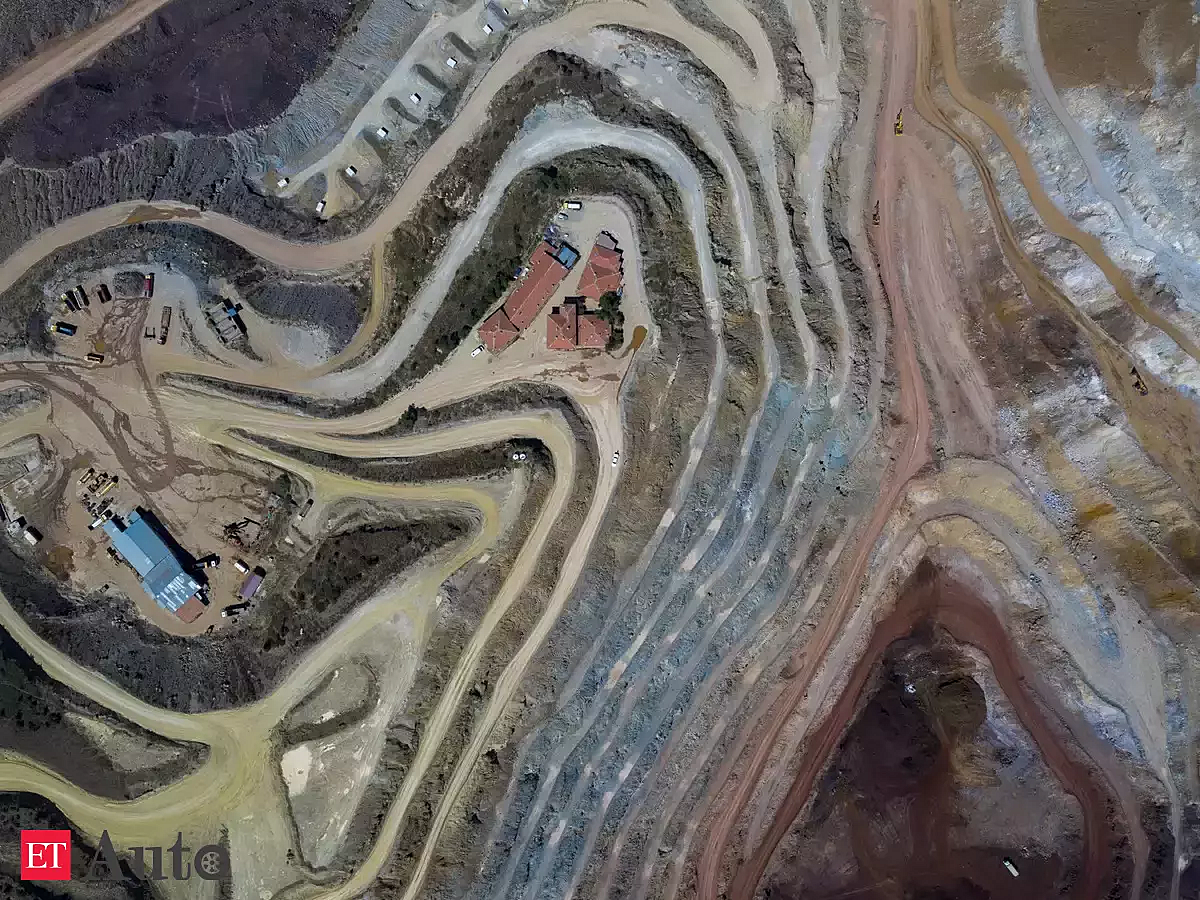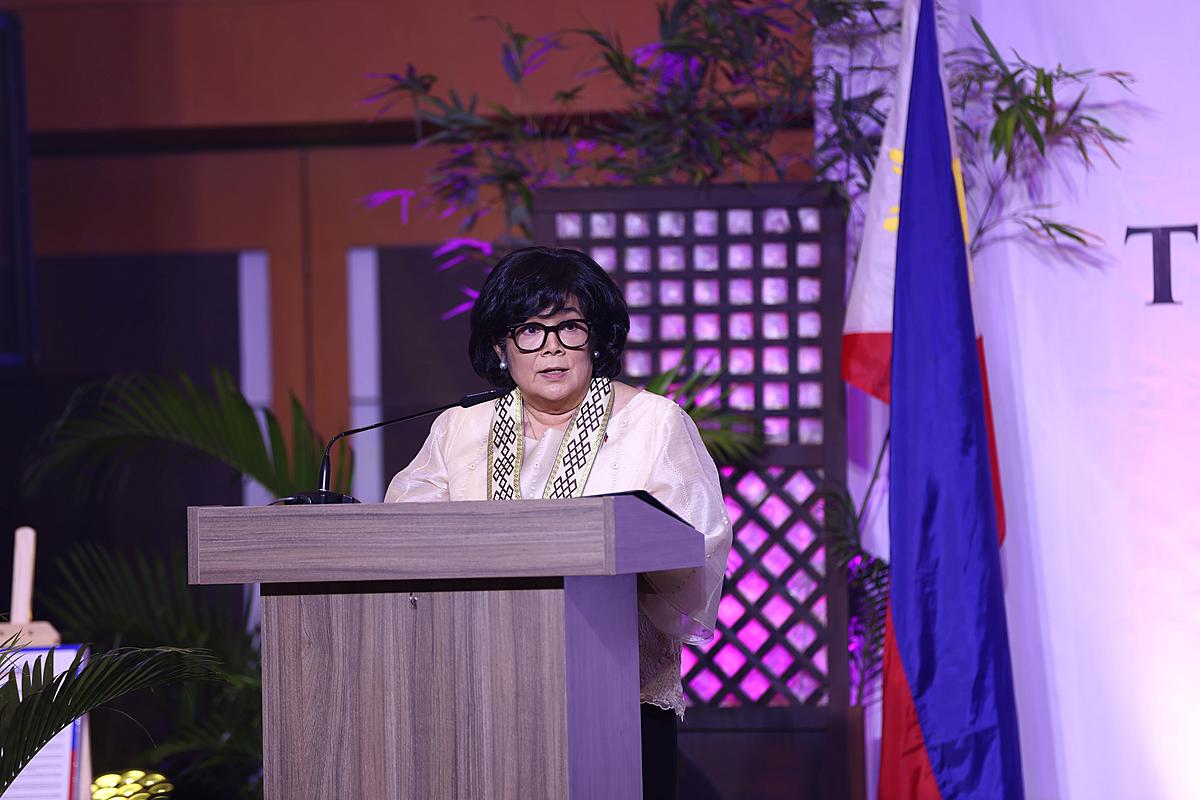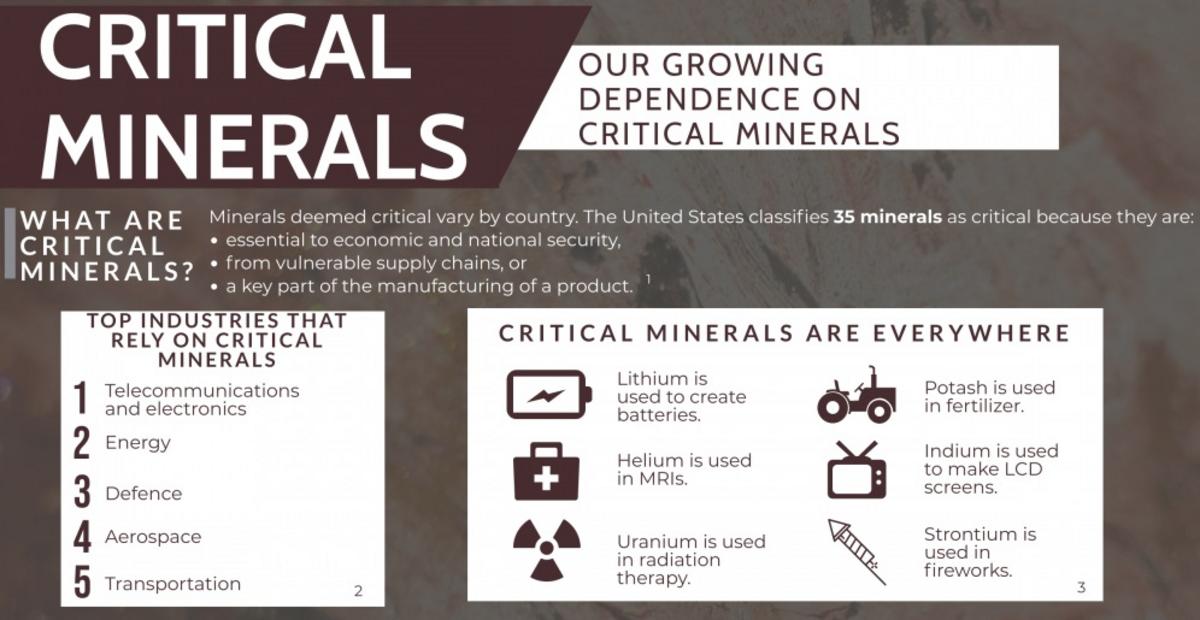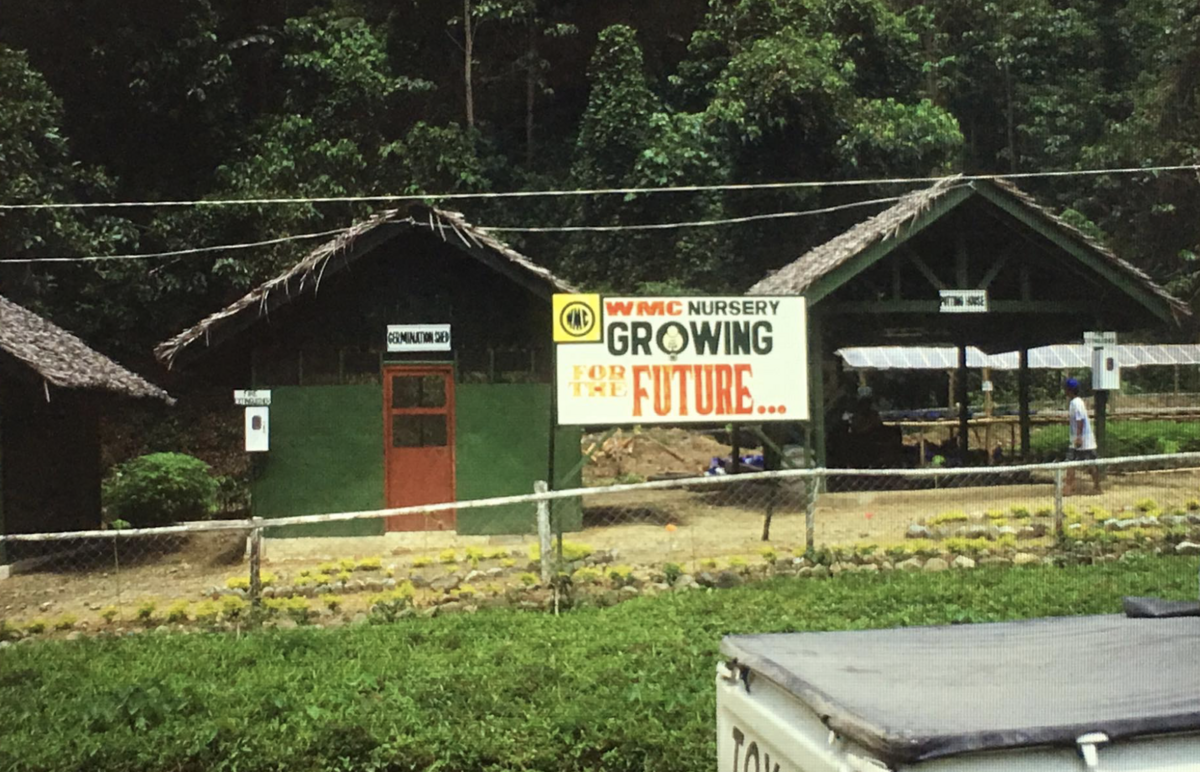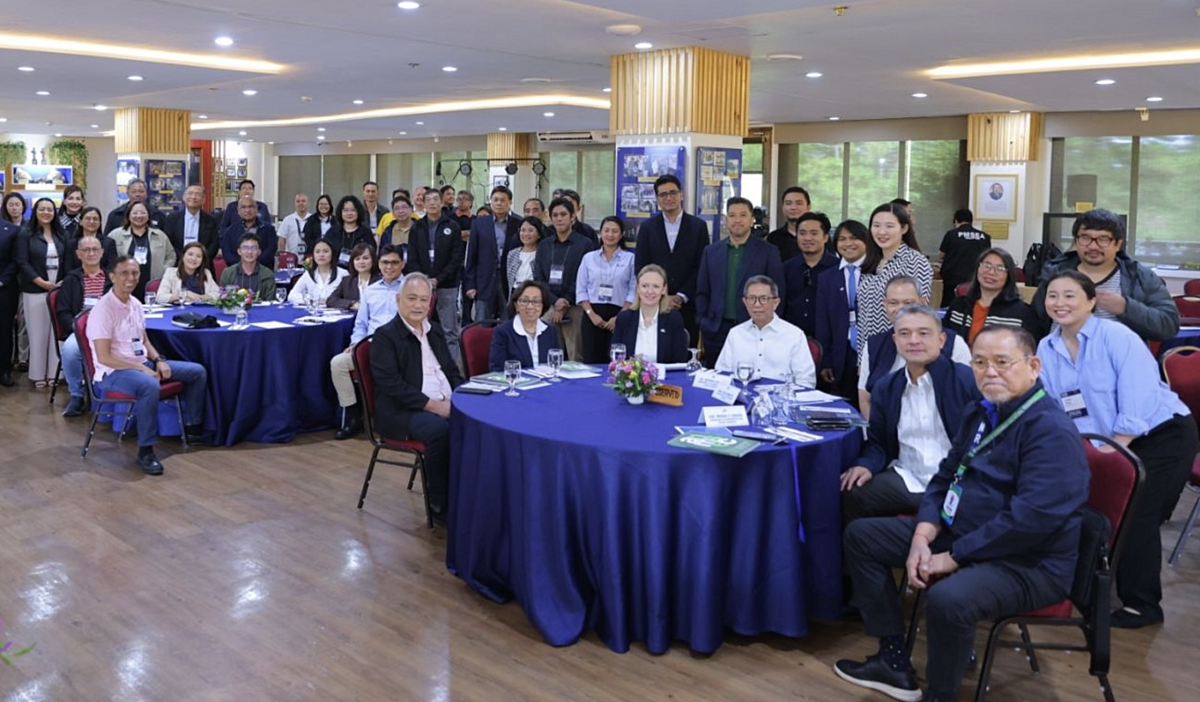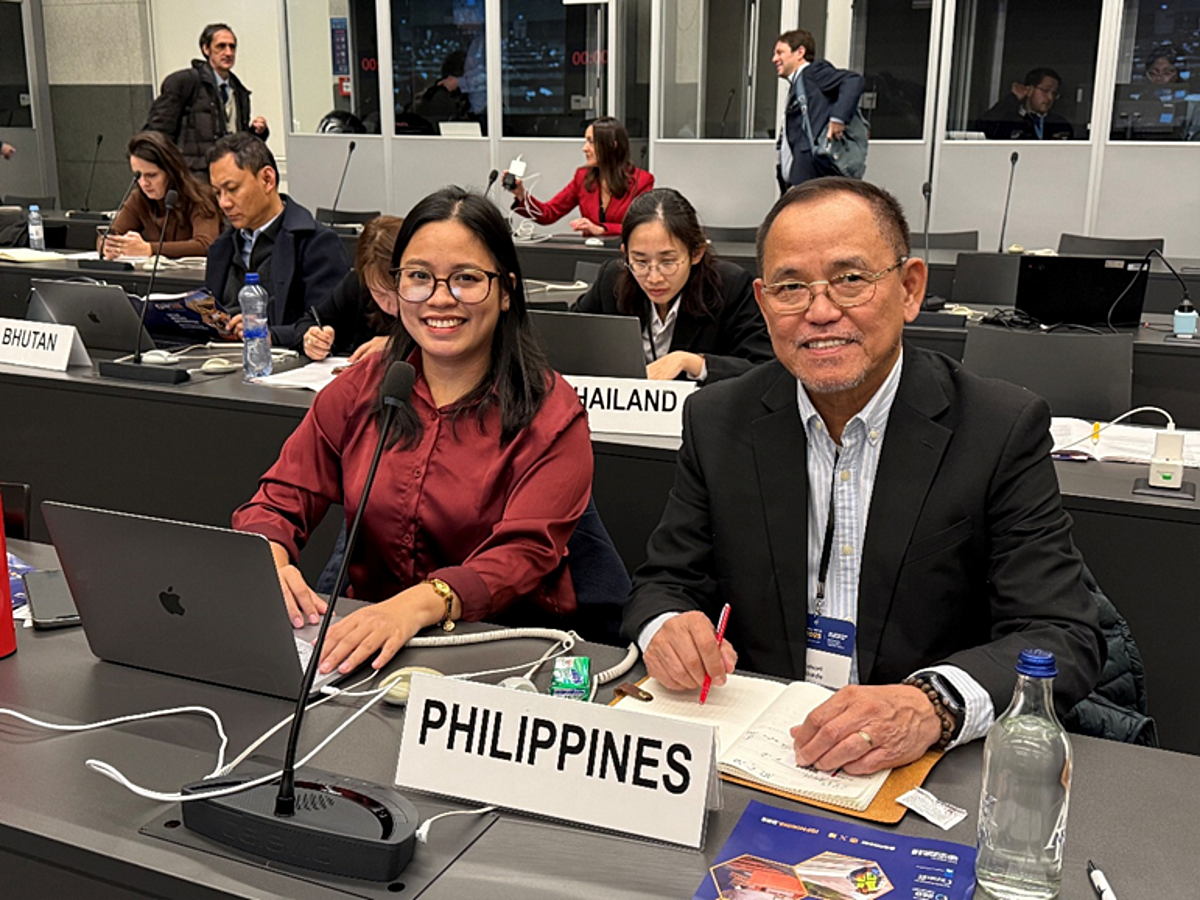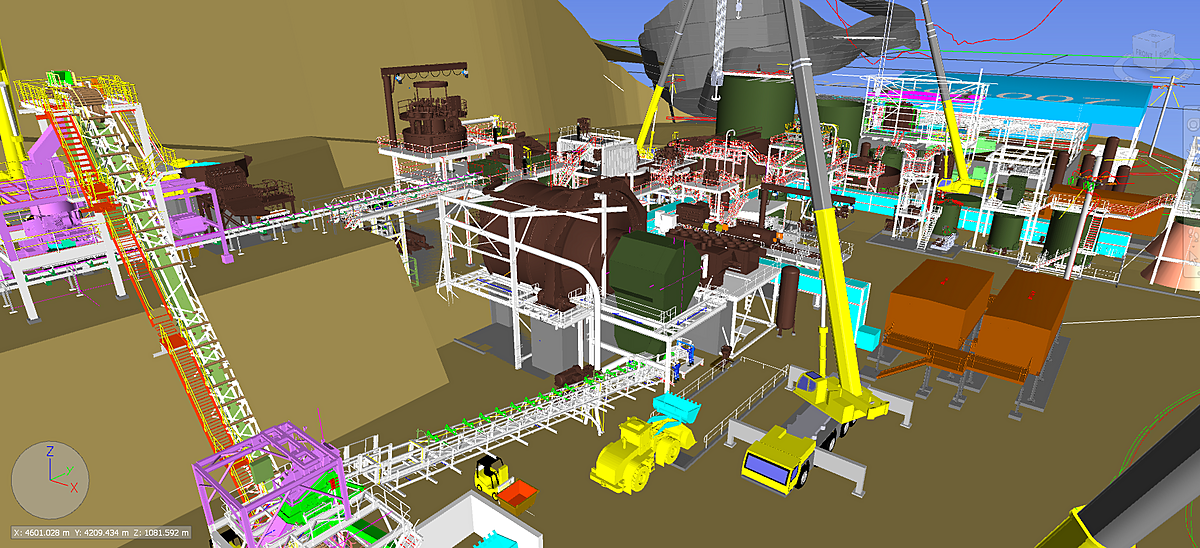Photo credit: Economic Times
Last year saw miners experiencing record profitability and revenue. While the industry continues to benefit from relative high metal prices and opportunities from the clean energy transition and digital transformation, there are identified risks arising from COVID-19's resurgence and disruptions, potential for weaker-than-expected global economic growth, government intervention, and community opposition. Meanwhile compliance with environment, social and governance (“ESG”) standards will obligate mining companies to protect the environment, contribute to community development, and behave ethically.
On the local front, Department of Environment and Natural Resources (“DENR”) Secretary Roy Cimatu lifted the four year-old ban on the open-pit method of mining for copper, gold, silver, and complex ores. Enforced in 2017, the ban was one of the high-impact measures taken by the late DENR Secretary Regina Lopez. The former DENR secretary also ordered the closure of 26 mines. However, with the completion of the Mining Industry Coordinating Council audit which started in 2019, only 3 out of the 26 mines were deemed unsafe and the other closures were reversed.
The Chamber of Mines of the Philippines deplored the lost opportunities in the mining sector in the last decade. The chamber believed that the industry has been unjustly scrutinized and subjected to unfair publicity, which cost billions in lost revenue. Foreign direct investment (“FDI”) will remain stagnant for the industry unless regulations are eased and barriers are lowered. The ban also delayed FDIs in open pit mining projects like Sagittarius Mines Inc.’s $5.9-billion Tampakan copper project in South Cotabato and St. Augustine Gold and Copper Ltd.’s $2-billion King-king copper-gold project in Compostela Valley.
The lifting of the ban according to the DENR order, is meant to “revitalize the mining industry and usher in significant economic benefits to the country by providing raw materials for the construction and development of other industries and by increasing employment opportunities in rural areas.” With the lifting of the ban, the Department of Finance said the mining industry can become a key contributor to the nation’s economic recovery per DENR’s projection that open-pit mining will lead to the immediate development of 11 pending projects. These projects are expected to generate about PHP11 billion combined in yearly government revenue, increase annual exports by PHP36 billion, and provide employment to 22,880 people living in remote municipalities.
Economists see the Philippine economy’s continuing rebound this year after registering a 5.6 percent GDP growth in 2021. However, the outlook is threatened by the emergence of new COVID-19 variants and how the government handles them. Based on the World Bank’s Global Economic Prospects, despite the spike in infections from the omicron variant, the Philippines is poised to register the fastest growth in ASEAN this year and the second highest growth in 2023. According to the World Bank, the projected economic growth rate of 5.9 percent for 2022 will be the fastest growth expected in ASEAN, while the 5.7 percent expected next year will be second only to Vietnam’s 6.5 percent.
ESG will dictate investments in mining
Miners are under increasing pressure to integrate ESG into corporate strategies, investment decisions, and stakeholder reporting. Demands from shareholders, financial institutions, local communities, national governments, customers, and the sector’s own workforce are requiring miners to adhere to ESG standards. Sustainability in mining means minimizing the consumption of resources, reducing the use of energy through new technologies, and the use of alternative energies. Mining operations must utilize cost-effective and environmentally sound extraction alternatives, and efficient biodiversity and water management.
Green transition leads to a low-carbon economy
The green transition will accelerate amidst global pressures to reduce carbon footprints. At the latest UN Climate Change Conference (COP26) summit, many mining countries pledged to bring down their methane emissions. The rise in sustainable finance and tighter ESG criteria set by financial institutions on mining projects have led to an upcoming rise in GHG emission costs due to carbon pricing. Reducing emissions will require companies to invest in renewables to energize operations and advanced technologies in their decarbonization efforts. Renewable energy technologies, green buildings, electric vehicles, solar panels, wind turbines and battery storage will rely to a great extent on minerals and metals.
Project developers and governments are moving away from investments in thermal coal. Major mining companies, driven by ESG targets, will remove thermal coal projects from their portfolios and coal mining will be dominated by small-cap, pure-play and state-owned mining companies. Coal projects will be mostly self-funded, private equity-funded or state-funded as international banks reduce their financing of coal assets.
Miners will have to contend with license to operate (LTO)
Miners are under intense scrutiny on how they contribute to the social and economic well-being of local and national governments, engage with host communities and indigenous peoples, and protect water resources and heritage sites. Needless to say, LTO is also linked to a company’s ability to access capital and financing. While metals are a critical input for green transition technology, the mining sector’s social license to operate is contending against the rising public opposition to mines arising from environmental pollution and loss of diversity. The difficulty in acquiring LTO could lead to a slow-down in new project development.
New COVID-19 variants will be a game changer
Hopefully, COVID-19-linked operational disruption will ease with increased vaccinations. However, new wave of restrictions with the omicron variant or subsequent waves will be a challenging environment for mining operations in 2022 and will cause a setback in economic recovery. Lockdowns not only hamper mine site operations but also slow down the movement of products and services in the supply chain, and affect consumption of goods. The COVID-19 pandemic resulted in the increase of costs of inputs, shipping, talent and decarbonization programs. COVID-19 has challenged the deployment of investments in 2020 and to some extent in 2021. Hopefully with the roll out of vaccines especially in emerging economies, COVID-19-related operational disruptions will most likely ease in 2022, helping exploration, construction and mine works to pick up.
Mineral demand will continue to grow but metal prices to weaken
Global demand for minerals and metals especially arising from the green transition, will continue to grow despite slowing growth in 2022. The outlook for auto manufacturing, machinery, appliances, and consumer electronics sectors is positive. Households with huge savings realized during the pandemic are eager to go into revenge spending. All eyes will be on China’s property development sector woes which will put a cap on overall metal demand in 2022. Evergrande’s financial difficulties and a general slowdown in Chinese construction activity will put pressure on ferrous metal prices. Meanwhile, investments in infrastructure is expected to remain relatively stable.
Fitch Solutions forecast that most metal prices to average lower in 2022 but will remain high compared with 2016-2020 averages. Looking at 2022, slowing economic growth, slow normalization in fiscal and monetary policy, and China's property sector woes will push metal prices lower in 2022. However, prices will still average at elevated levels, higher than pre-COVID-19 levels as the market balance for most metals remain extremely tight and stocks are historically low. Existing deposits that are known or held by the majors are being depleted and new ones will be required. Investments in mines and oilfields have dropped sharply over the past five years. The result is “greenflation” in commodity prices, which have had their biggest yearly increase since 1973.
Access to Capital will be a challenge amidst upward trend in global exploration budget
Access to capital for new projects or expansions will continue to be a challenge for the industry, as investors are deterred by risks associated with ESG, LTO, resource nationalism and geopolitics. Higher ESG ratings can enable access to a larger pool of attractively priced capital. Still, elevated metal prices coupled with an increase in production across commodities in 2022 will help mining and metal companies' financial performance to remain strong next year amidst the acceleration of the green transition and opening up of new business opportunities. However, strict ESG requirements will make development of new projects potentially more difficult.
Meanwhile, a report by S&P Global Market Intelligence notes that the aggregate annual global exploration budget is expected to increase between 5% and 15% year over year for 2022. According to S&P, a faster-than-expected recovery in market conditions and easing of lockdowns allowed explorers to reactivate programs by mid-2020, which caused some campaigns to carry over into 2021.
Government intervention intensifies In 2022
Because of the economic and fiscal hardships, and rising social inequality during the pandemic while mining companies are benefitting from elevated metal prices, government intervention in the sector will remain firmly in play in 2022 posing additional risks to mining projects. Companies will be subjected to resource nationalism in the form of increased taxes and royalties, policies to boost domestic beneficiation, and the renegotiation of contracts to get better terms for the governments. Governments are also developing investment plans to boost their own production or secure minerals that will be key to the green and digital transitions. Thus, miners will also need to contend with trade wars, geopolitics of the COVID-19 pandemic, and changing governments or policies aimed at protecting strategic resources and increasing “self-sufficiency” in critical products like fossil fuels and rare earths.
Automation, digitalization, and electrification to address productivity, safety, and ESG priorities
The mine of the future will be less visible and smaller, use less water and energy, less polluting, more productive, and extract minerals more efficiently due to the application of new technologies. Incorporation of new technologies in mining is critical for companies to modernize their operations and meet increasingly stringent environmental and sustainability goals, while remaining competitive and relevant.
The automation, digitalization and electrification of mining operations has the potential to increase mine productivity, daily operational capacity, sustainable use of non-renewable resources, operational safety, and productive lifespans of mines. The transition to off-grid mining and battery storage, together with the use of renewable energy to power operations are expected to bring advantages not only in terms of CO2 emissions reduction, but also in terms of helping industry-related companies manage costs. Electrification of mines have the potential to incur lower expenses due to minimal maintenance requirements leading to a reduction of operational downtime. Operational downtime is common among diesel-powered machinery due to the extensive maintenance required for their internal mechanisms that are prone to breakdown.
While automation and electrification will result in a decrease of operational input costs, digitization produces predictable data. Data management also converts data into decision-making information. Digital innovation also allows diversification into greener products and improve transparency of reporting. These innovations include artificial intelligence, big data and satellite imagery. However, digitalization also exposes companies to cyber threats and hacking. Technical advances have also been made in waterless processing and waste disposal, and biogenic processes.
Technological change in mining will require a workforce with new skills in roles that would be familiar with new technology. There will be a shift in the skills profile for future workers who will need to manage and engage the electric and digital transformation in the industry. A reevaluation of current skills sets will need to be considered as the future mining workforce is likely to change, which will be driven primarily by the adoption of new technologies.
Opportune time for new business and operational models
Miners now operate in a more volatile environment because of ESG and technology disruptions. They should adopt new business and operational models that will deliver greater returns directly to host communities and governments, minimize waste, reduce emissions, bring more value to investors, and gain low-risk access to capital.
Mining and metal players need to accelerate their efforts to benefit from the new opportunities brought about by the green transition. These involve more exposure in energy transition materials and spinning off higher growth businesses linked to the green transition to unlock value. Miners also have opportunities to invest in product differentiation to benefit from green price premiums on lower-carbon products. Product differentiation based on green/ESG credentials and assorted price premiums will make some metals more of a specialized product sector and less of a bulk commodity material.
Conclusion
Disruptions open the industry to new risks and volatility. The local industry needs to adapt to these disruptions in light of the possibility of a more severe COVID variant and the political uncertainty in the conduct of the coming elections. The lifting of the open pit mining ban was a step in the right direction. However, the incoming government’s stand on mining will determine if the industry will be able to take advantage of the increasing global demand for minerals and metals or miss out on the boat again.
Fernando “Ronnie” S. Penarroyo specializes in Energy and Resources Law, Project Finance and Business Development. He may be contacted at fspenarroyo@penpalaw.com for any matters or inquiries in relation to the Philippine resources industry and suggested topics for commentaries. Atty. Penarroyo’s commentaries are also archived at his professional blogsite at www.penarroyo.com
References
Ferguson, Mark, The Big Picture: 2022 Metals and Mining Industry Outlook, S&P Global Market Intelligence, 02 November 2021, https://www.spglobal.com/marketintelligence/en/news-insights/blog/the-big-picture-2022-metals-and-mining-industry-outlook
Ford, Alastair, The Mining Sector: 4 Key Trends for 2022, Proactive Investors, 27 December 2021, https://www.proactiveinvestors.co.uk/companies/news/968909/the-mining-sector-4-key-trends-for-2022-968909.html
Goosen, Matthew, The Future of Mining Through Electrification, Digitalization and Automation, Energy Capital and Power, 08 September 2021, https://energycapitalpower.com/the-future-of-mining-through-electrification-digitalization-and-automation/
Mining: News on Mining & Construction Machines, https://www.bauma.de/en/trade-fair/trade-fair-profile/exhibition-sectors/mining/
Mining And Metals Key Themes For 2022, Fitch Solutions, 06 October 2021, https://www.fitchsolutions.com/mining/mining-and-metals-key-themes-2022-06-10-2021
Mitchell, Paul, Top 10 Business Risks and Opportunities for Mining and Metals in 2022, Ersnt and Young, 07 October 2021, https://www.ey.com/en_gl/mining-metals/top-10-business-risks-and-opportunities-for-mining-and-metals-in-2022
Ordinario, Cai, PHL Will Post Fastest Growth in Asean—WB, BusinessMirror, 12 January 2022, https://businessmirror.com.ph/2022/01/12/phl-will-post-fastest-growth-in-asean-wb/
Sharmka, Ruchir, Ten Economic Trends That Could Define 2022, Financial Review, 04 January 2022, https://www.afr.com/policy/economy/ten-economic-trends-that-could-define-2022-20220104-p59lpj
Six Global Trends Shaping the Industry, https://www.futuremineralssummit.com/mining-trends/
Top Three Technology Trends Set to Disrupt Mining, Australian Mining, 02 December 2021, https://www.australianmining.com.au/news/top-three-technology-trends-set-to-disrupt-mining/
Upward Trend in Global Exploration Budget to Continue in 2022 – Report, MINING.COM Staff, 19 October 2021, https://www.canadianminingjournal.com/news/upward-trend-in-global-exploration-budget-to-continue-in-2022-report/
What’s In Store For The Mining Industry In 2022?, Ag Metal Miner, 20 December 2021, https://oilprice.com/Metals/Commodities/Whats-In-Store-For-The-Mining-Industry-In-2022.html

